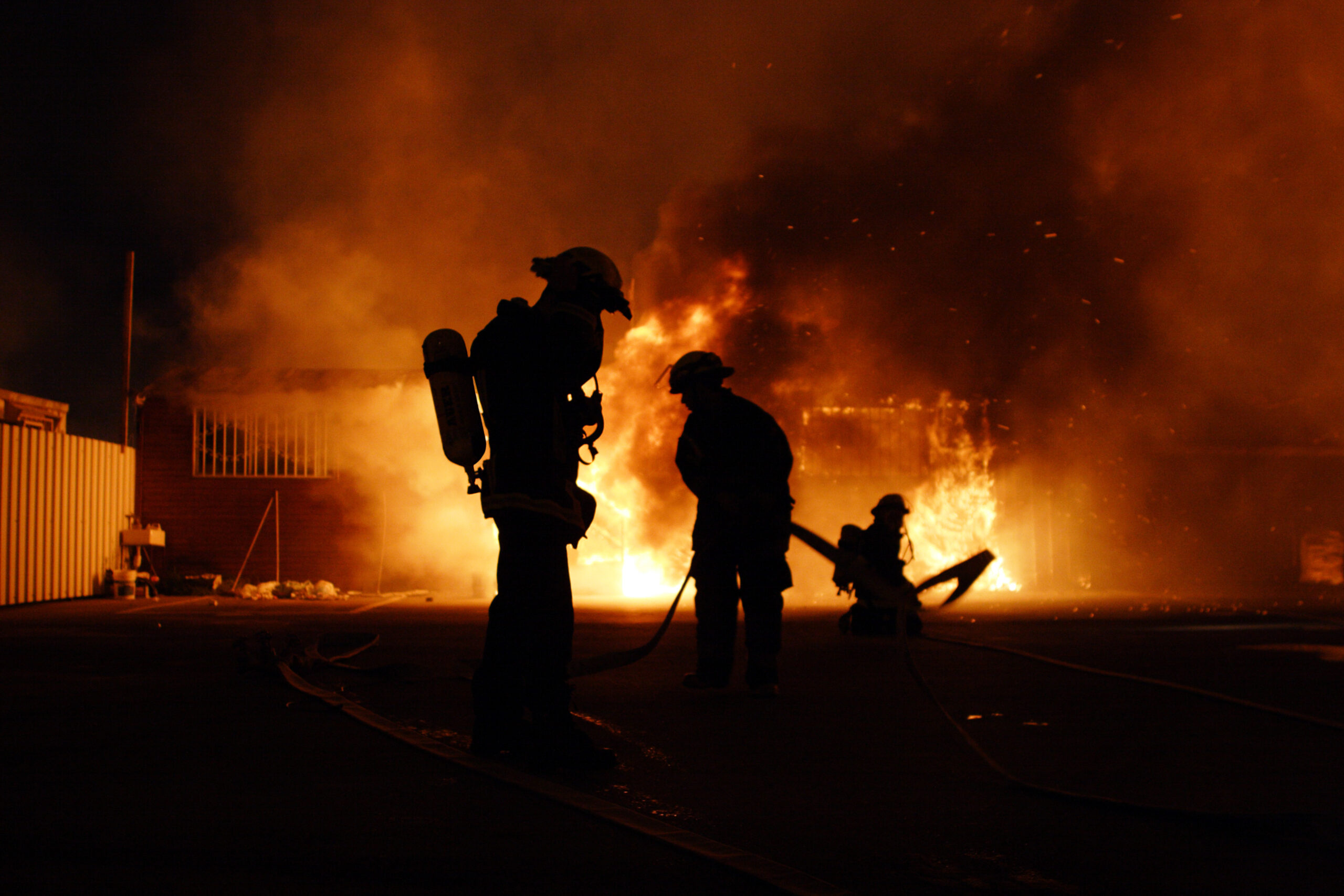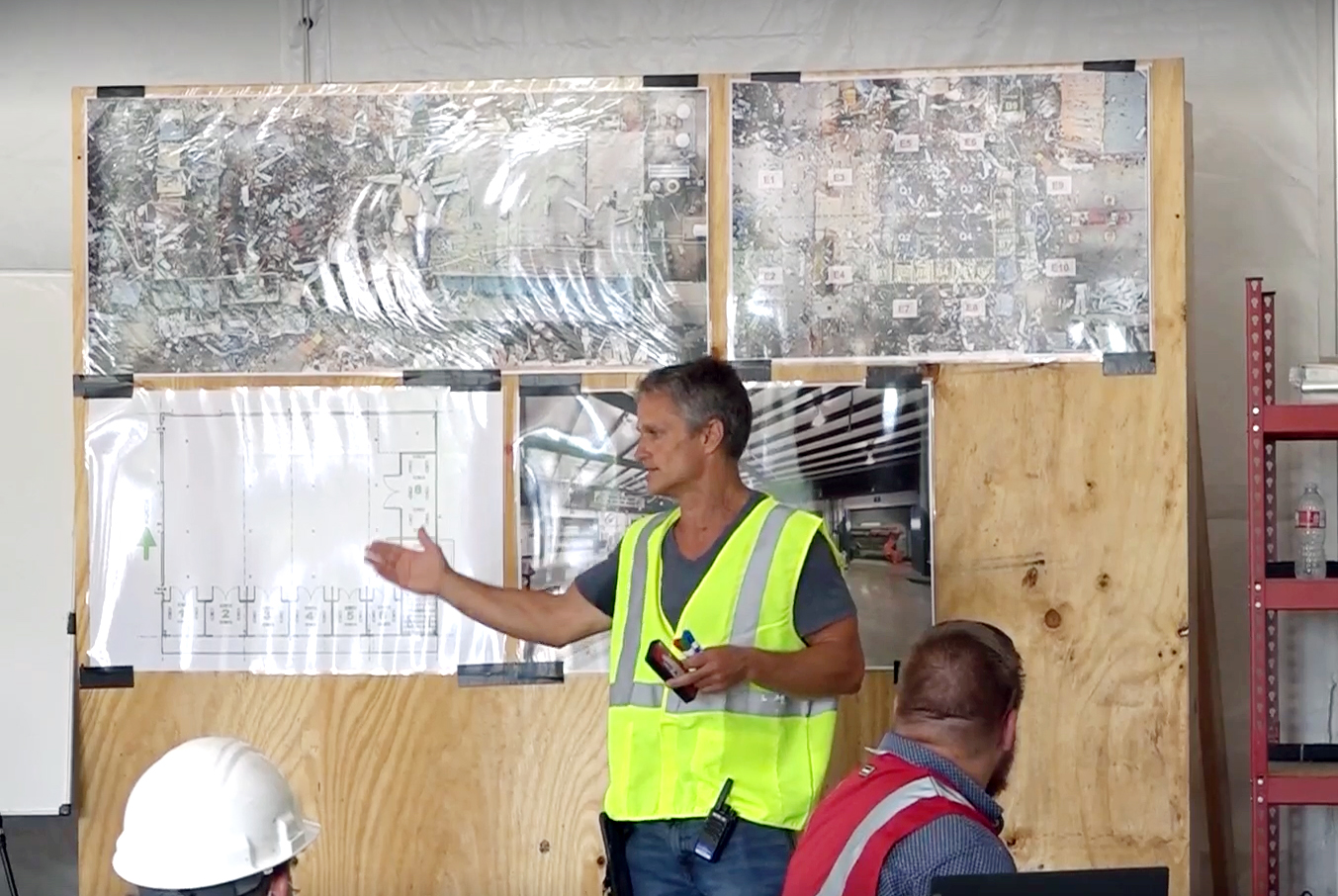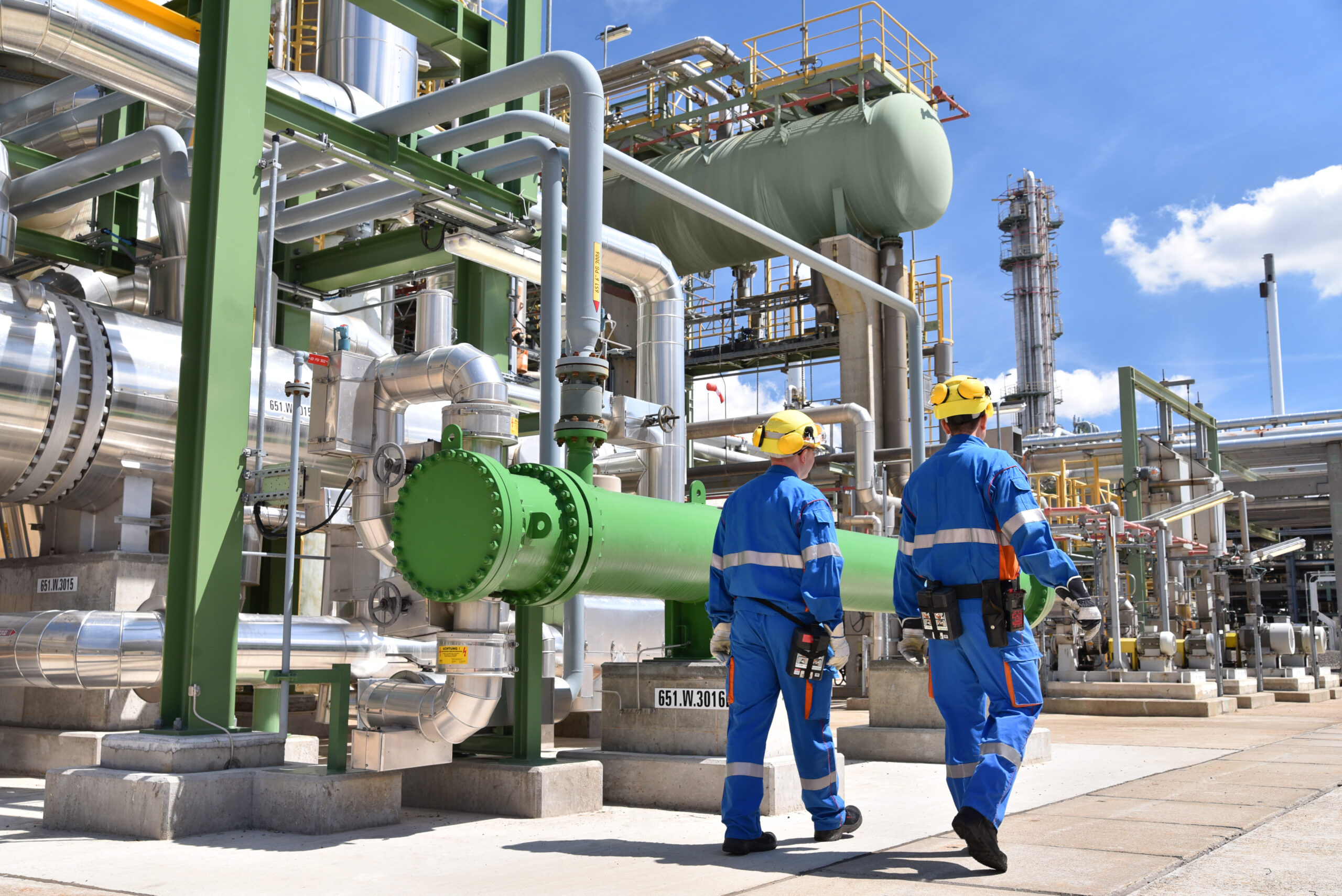
As we reflect on the 15th anniversary of the Buncefield Oil Storage Depot explosion which injured 40 people in 2005, we look at the first of three key questions raised by the Health and Safety Executive at the time of the criminal prosecution.
Do you understand what could go wrong at your facility?
| At approximately 6am on Sunday 11th December 2005, a large explosion occurred at Buncefield Oil Storage Depot in Hemel Hempstead, Hertfordshire. The fire engulfed the fuel tanks and burned for several days – it was the largest fire seen in peacetime in the UK. The explosion happened after a tank was overfilled causing petrol to spill out of vents in the tank roof. In the windless conditions a vapour cloud formed and gradually spread to a diameter of about 360 metres before igniting. The Competent Authority (CA) stated in its report, Buncefield: ‘Why did it happen?’ that ‘The severity of the explosion was far greater than could reasonably have been anticipated based on knowledge at the time and the conditions at the site’. According to media reports, the blast could be heard as far away as the Netherlands, the fires burned for three days and shrouded much of the South East of England in smoke. Gexcon’s flagship computational fluid dynamics (CFD) software, FLACS, was used to model the Buncefield tank farm and the surrounding area, concluding that dense vegetation in the form of trees and bushes likely caused flame acceleration resulting in high overpressures of several barg. All three operating sites at Buncefield were ‘upper-tier’ sites under the Control of Major Accident Hazards (COMAH) Regulations 1999 (revised in 2015). The ‘worst case’ accident scenario used by operators in their COMAH safety reports for the sites was usually a single tank fire. The incident at Buncefield demonstrates that a multiple tank, multiple bund fire was a realistic ‘worst case’ scenario. Miraculously, there were no fatalities, but more than 40 people were injured. This may not have been the case, had the event not occurred early on a Sunday morning when the neighbouring industrial area was relatively quiet. Much of the site was damaged beyond repair. Significant damage occurred to both commercial and residential properties in the vicinity and a large area around the site was evacuated. The incident also disrupted fuel supplies to London and South-East England. The area surrounding the site contained a number of drains and soakaways that the site operators had failed to identify, and firefighting run-off was able to penetrate into the soil beneath them, coming close to contaminating drinking water supplies. The companies responsible for the incident were fined approximately £10 million and reconstruction of the site did not begin until 2013. Reflecting on the human, environmental, social and economic toll of this incident, it is important to consider everything that can go wrong at a high hazard facility. |
Here are some key questions to consider:
- Have the tools and / or assessment methods used captured all of the hazards as well as the realistic ‘worst case’ scenario?
- Has your assessment considered plant layout, geometry and a range of weather conditions?
- Have escalation or domino events been considered?
- Are the consequences of these hazards fully understood?
- Fatalities following a fire or explosion or a toxic gas release?
- Asset damage
- Environmental impact
- Business reputation
- Production down time
For advice and support about process safety and risk management please visit our page
References:
Buncefield: Why did it happen? The underlying causes of the explosion and fire at the Buncefield oil storage depot, Hemel Hempstead, Hertfordshire on 11 December 2005”, Competent Authority (CA) URL: https://www.hse.gov.uk/comah/buncefield/buncefield-report.pdf
https://www.icheme.org/media/10705/buncefield-first-progress-report.pdf
A study on the effect of trees on gas explosions, Kees van Wingerden https://www.aidic.it/cet/13/31/077.pdf
https://www.bpa.co.uk/bpa-kicks-off-the-buncefield-rebuild-project/ https://www.hse.gov.uk/comah/guidance/understanding-comah-new-entrants.pdf
Do you like what you read?
Get the latest trends in the field of process safety management straight to your inbox, and enhance your skills through knowledge sharing from industry experts.




